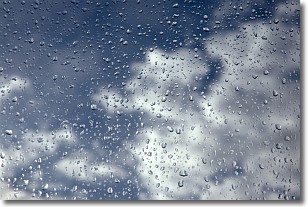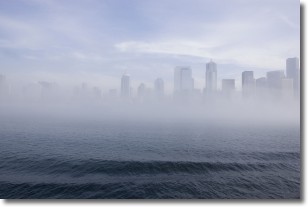Weather Alert in Iowa
Special Weather Statement issued May 9 at 4:46AM CDT by NWS Sioux Falls SD
AREAS AFFECTED: Lyon; Lincoln; Lyon; Murray; Cottonwood; Nobles; Jackson; Pipestone; Rock; Beadle; Kingsbury; Brookings; Jerauld; Sanborn; Miner; Lake; Moody; Brule; Aurora; Davison; Hanson; McCook; Minnehaha; Douglas; Hutchinson; Turner; Lincoln
DESCRIPTION: Warm and very dry conditions are expected this afternoon, with humidity levels as low as 15 to 25 percent. Coupled with breezy west to northwest winds gusting up to 20-25 mph, fire danger conditions may reach near critical levels. Fire danger will be greatest in localized areas where grasses are still receptive to fire starts and spread. Isolated to scattered light showers during the late afternoon and evening will also bring a potential for isolated gusts up to 40 to 50 mph. This could result in erratic fire behavior. Check with local officials before attempting any outdoor burning today.
INSTRUCTION: N/A
Want more detail? Get the Complete 7 Day and Night Detailed Forecast!
Current U.S. National Radar--Current
The Current National Weather Radar is shown below with a UTC Time (subtract 5 hours from UTC to get Eastern Time).

National Weather Forecast--Current
The Current National Weather Forecast and National Weather Map are shown below.

National Weather Forecast for Tomorrow
Tomorrow National Weather Forecast and Tomorrow National Weather Map are show below.

North America Water Vapor (Moisture)
This map shows recent moisture content over North America. Bright and colored areas show high moisture (ie, clouds); brown indicates very little moisture present; black indicates no moisture.

Weather Topic: What is Drizzle?
Home - Education - Precipitation - Drizzle
 Next Topic: Evaporation
Next Topic: Evaporation
Drizzle is precipitation in the form of water droplets which are
smaller than raindrops.
Drizzle is characterized by fine, gently falling droplets and typically does not
impact human habitation in a negative way. The exception to this is freezing drizzle,
a condition where drizzle freezes immediately upon reaching earth's surface.
Freezing drizzle is still less dangerous than freezing rain, but can
potentially result in hazardous road conditions.
Next Topic: Evaporation
Weather Topic: What is Fog?
Home - Education - Cloud Types - Fog
 Next Topic: Fractus Clouds
Next Topic: Fractus Clouds
Fog is technically a type of stratus cloud, which lies along the
ground and obscures visibility.
It is usually created when humidity in the air condenses into tiny water droplets.
Because of this, some places are more prone to foggy weather, such as regions
close to a body of water.
Fog is similar to mist; both are the appearance of water droplets suspended in
the air, but fog is the term applied to the condition when visibility is less than 1 km.
Next Topic: Fractus Clouds
Current conditions powered by WeatherAPI.com




